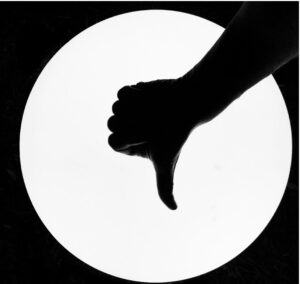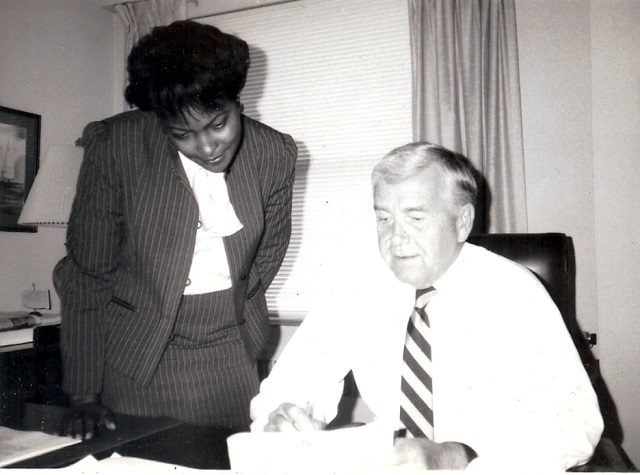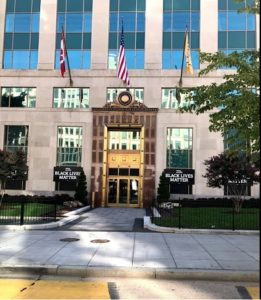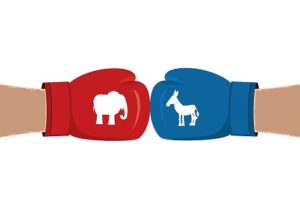 As devoted as I am to composing essays, my keyboard refuses to cooperate when my heart isn’t in it. My passion for writing waned since November 6, when pigs flew, hell froze over, and chickens grew lips. It’s bad enough that my creativity gene has gone on an extended vacation to the Bermuda Triangle. Still, worse yet, my muse has packed her bags and retreated to the Himalayas. So, I’m left here staring at a blank page on the monitor screen. But to remain in good standing, I am forcing myself to write this blog post.
As devoted as I am to composing essays, my keyboard refuses to cooperate when my heart isn’t in it. My passion for writing waned since November 6, when pigs flew, hell froze over, and chickens grew lips. It’s bad enough that my creativity gene has gone on an extended vacation to the Bermuda Triangle. Still, worse yet, my muse has packed her bags and retreated to the Himalayas. So, I’m left here staring at a blank page on the monitor screen. But to remain in good standing, I am forcing myself to write this blog post.
As of November 6, I quit my addiction to democracy drama without so much as a 12-step program or a single ‘Hi, my name is…’ meeting. Sure, I’ve threatened divorce from politics before – but this time, the ballot box and I are officially ‘consciously uncoupling.’ My political sails got so deflated during the last election that my level of creativity sunk lower than the Titanic.
I know some of you are thinking, “Yeah, right, we’ve heard this before,” and you’re not wrong. But think about this: It’s been over three weeks since I posted anything on my blog. Surely, at least two of the five of you wondered what happened to me. But fear not, for I have returned to grace you with my brilliantly sarcastic grumbles and grievances.
I’ve stopped watching MSNBC, my formerly favorite political news program. I’ve even given up on viewing local and national news broadcasts. Because – and I’m not exaggerating when I say this – the mere sound of his voice, the sight of his face, or a glimpse of anyone connected to him triggers an intense visceral reaction, leaving me nauseated.
So now, instead of filling my days with constant news narratives, I’ve doubled down on listening to music, reading books, and occasionally watching documentaries or lighthearted movies to escape the hellish reality and anticipation of the next four years or (as Buzz Lightyear, from the Toy Story films, would say it) “… infinity and beyond!”
I never thought I’d say this, but I’m done with voting. I expect to never vote again in what remains of my lifetime. I have lost all faith in the U.S. election system and have decided that, like so many other things purporting to deliver liberty and justice, it’s a farce.
Before you armchair loyalists start quoting me the Book of Voting, let me stop you right there. I’ve been there, done that, and got the “I Voted” stickers to prove it. I’ve preached those “why must you vote” sermons to the choir more times than I can count. But, alas, I’ve hung up my voting robe. I can’t sell a product I’ve lost faith in.
For years, I was the high priestess of the Church of the Polling Place, spreading the good word about voter turnout, like free candy on Halloween. I’ve knocked on more doors than a caffeinated Girl Scout during cookie season, preaching the gospel of “Every Vote Counts” with the zeal of a televangelist who just found out the cameras were rolling.
But alas, I’ve had a political epiphany. I’ve seen the light, and it’s brighter than a disco ball at a retirement party. I’ve decided to excommunicate myself from the religion of the ballot box. So, before you try to exorcise my civic demons with your “Rock the Vote” incantations, know that I’ve already been baptized in the holy waters of political participation. I’ve dipped my foot in that pool so many times; I’ve got prune toes to prove it. But now? Let’s just say I’m hanging up my “Future Voter” onesie and retiring my collection of campaign buttons.
Besides, didn’t you-know-who tell a gathering of Christian conservatives that if they voted for him, “We’ll have it fixed so you’re not going to have to vote again.”
Save your breath and your impassioned speeches about the sanctity of voting and the lives lost. This former voter is on the path of blissful political agnosticism. Besides, if I’m lucky, I may have one or two; three might be a stretch; presidential elections in my future, and anything could happen between now and then.
Hallelujah and amen!





